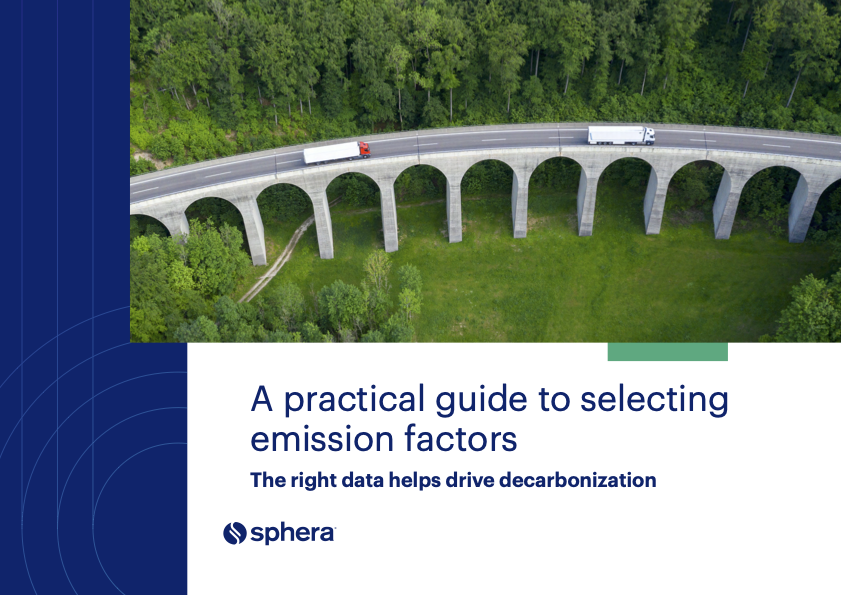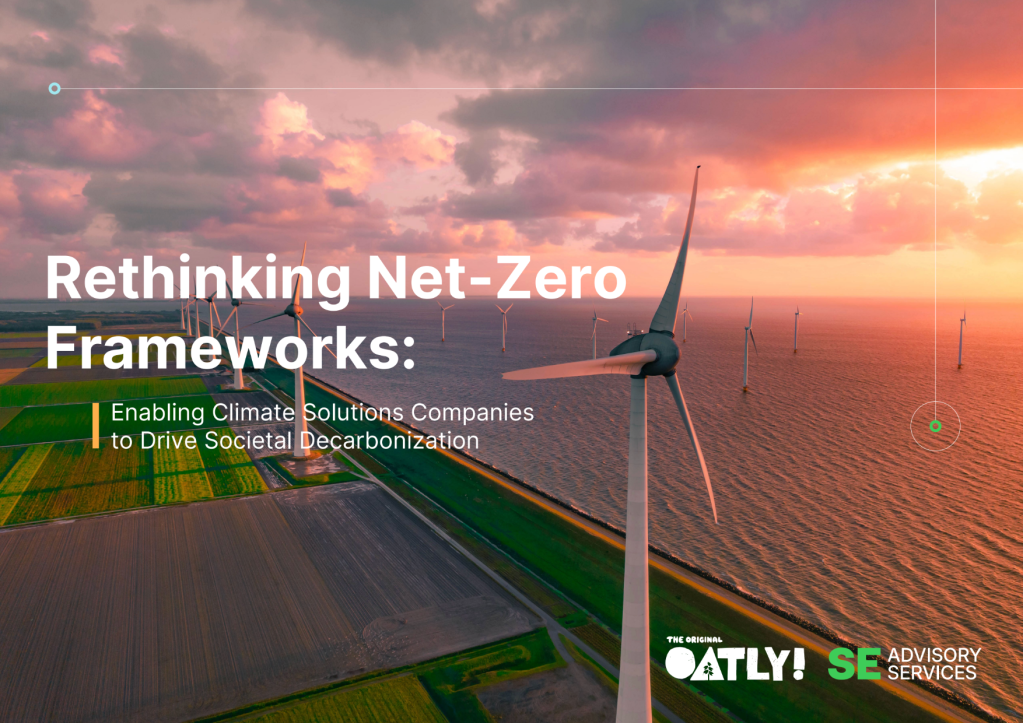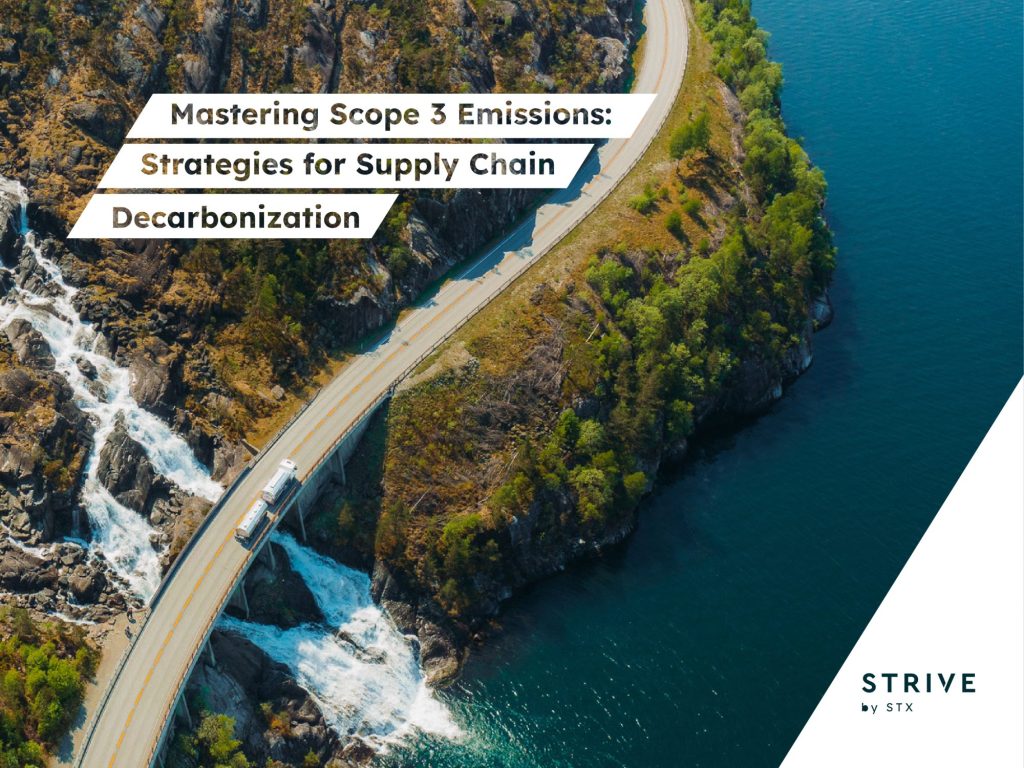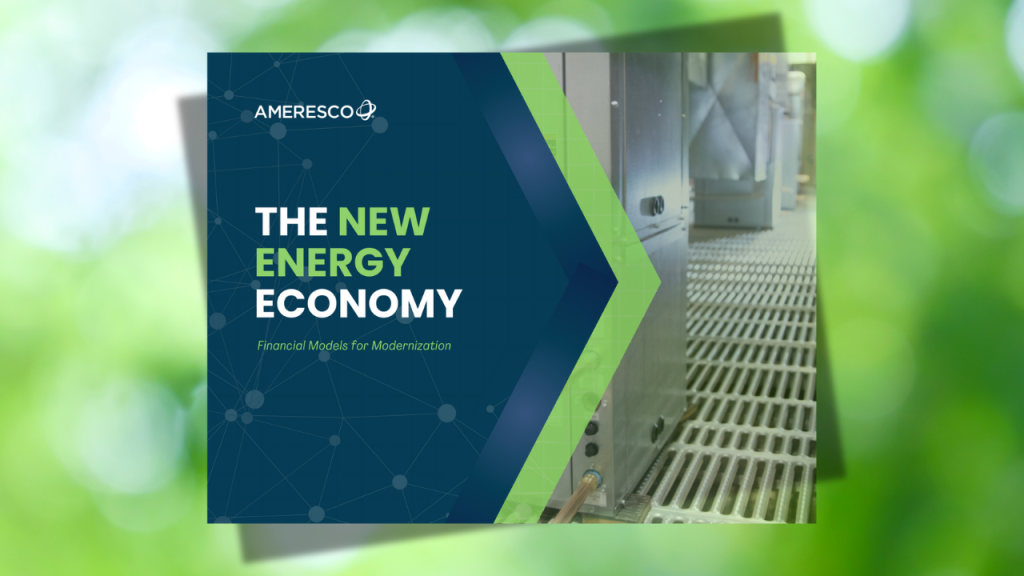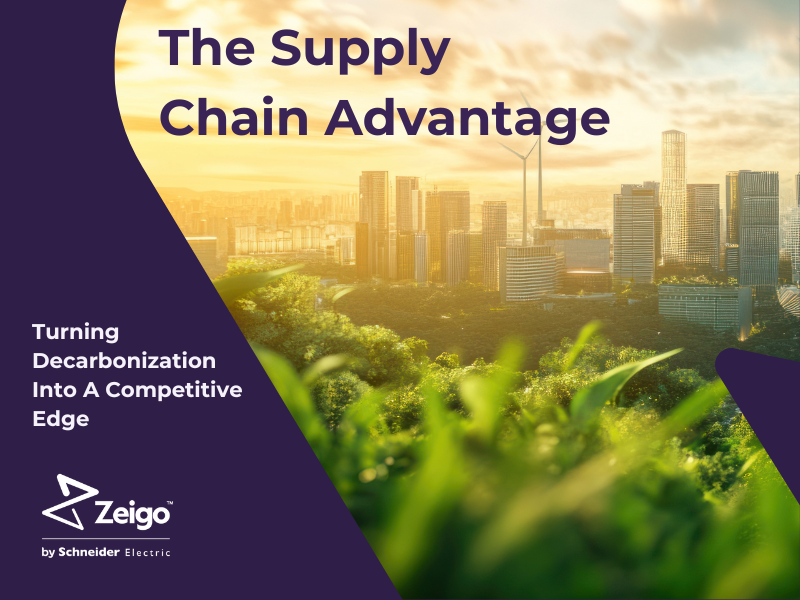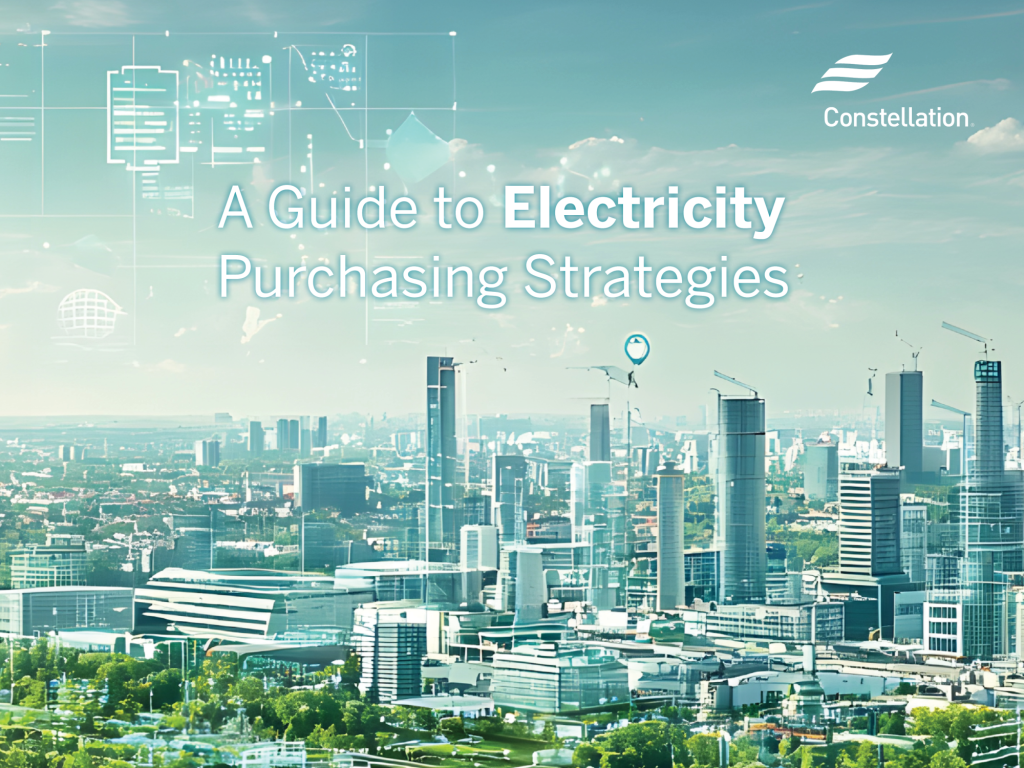No-Regret Metrics: Turning Emissions Data into Action
To compete, businesses must build sustainability into core operations by turning emissions data into action. Read More

For years, sustainability work has been about reporting, disclosing and measuring emissions, publishing targets and meeting disclosure deadlines. That foundational effort was critical, but the landscape is shifting.
Today, the emphasis is on action over disclosure. Businesses are moving from reporting environmental impact to managing it in ways that reduce risk, create value and drive competitive advantage.
From counting to managing risk
Emissions of all types—whether they’re air pollution, greenhouse gas (GHG) emissions, water or waste—are no longer just a number on a report; they’re a measure of inefficiency. And inefficiency represents risk, impact and missed opportunity. This evolving mindset is captured in the acronym RIO: Risks, Impacts and Opportunities.
Rather than treating sustainability data collection as an obligatory exercise, organizations are realizing it’s a source of critical business information. The same metrics once used only for reporting now illuminate operational, market and financial risks, and help businesses uncover opportunities for efficiency and innovation.
That’s the approach AT&T took to climate risk. By partnering with Argonne National Labs, the company used climate data to redesign infrastructure and protect its network from floods and wildfires. This collaboration produced ClimRR (Climate Risk and Resilience), a publicly available tool that helps organizations map climate risks to physical assets, showing how sustainability and business continuity go hand in hand.
Focus on “no-regret metrics”
As sustainability becomes embedded across operations, finance and R&D, leading organizations are empowering experts to interpret data, identify dependencies and guide smarter decisions. Disclosure remains important, but it’s becoming a byproduct of well-managed performance, not the goal itself.
With regulations evolving rapidly around the world, companies often hesitate to act until mandates stabilize. But waiting means falling behind. The smart move is to focus on “no-regret metrics”—data points that are universally relevant, interoperable across frameworks and valuable for both compliance and performance. Some examples include:
- Scope 1, 2 and 3 GHG emissions—these provide a comprehensive view of a company’s total climate impact and exposure, enabling informed decision-making and transparent accountability.
- Water use—an increasingly critical metric as CDP (Carbon Disclosure Project) and others expand water reporting—offers insight into operational risks, resource efficiency and environmental impact across the value chain.
- Waste and energy consumption—directly tied to performance, cost control and resilience. These are key indicators of operational efficiency and long-term value creation.
The ecosystem: A stakeholder and a risk
Every organization’s “no-regret metrics” are shaped by its stakeholders, customers, employees, investors, insurers and even ecosystems. Understanding who they are and what they value ensures your data efforts deliver both business and societal benefits.
Consider employee well-being in the face of rising heat events, or the health of ecosystems that supply critical resources. When sustainability efforts align with stakeholder priorities, they naturally support resilience and long-term profitability.
When water scarcity hit Monterrey, Mexico, Cemex—a global building materials company—faced operational and community risk. The company analyzed its data and committed to zero freshwater use in its ready-mix concrete operations. The initiative not only ensured business continuity in a water-stressed region but also became a global model for resilience and efficiency.
Circular thinking as a business strategy
The circular economy continues to gain traction as a pathway to reduce environmental impacts while creating new commercial value. Circular thinking requires collaboration across R&D, procurement, manufacturing and logistics, and often leads to more efficient, profitable business models.
In healthcare, medical device manufacturers such as Stryker and Johnson & Johnson now refurbish and reuse equipment, lowering materials demand and waste while increasing profit margins.
In technology, Amazon’s partnership with startups to recover and upgrade servers shows how reuse can cut emissions, reduce reliance on scarce materials and strengthen supply chain sovereignty.
These examples highlight how circularity transforms sustainability into a driver of innovation, competitiveness and resilience.
From insight to action
In today’s rapidly evolving sustainability landscape, the shift from reporting to action is not just necessary—it’s strategic. Emissions and resource use data, once siloed for compliance purposes, now serve as powerful tools for identifying inefficiencies, managing risks and uncovering opportunities. By reframing metrics as operational intelligence, organizations can move beyond disclosure to drive meaningful impact and value creation.
The concept of “no-regret metrics” empowers businesses to act with confidence amid regulatory uncertainty. These universally valuable indicators, like GHG emissions, water use and energy efficiency, enable informed decision-making across departments and supply chains. When grounded in stakeholder needs and aligned with business priorities, these metrics support both resilience and long-term profitability.
Ultimately, sustainability is no longer just about reducing harm—it’s about redesigning systems for durability, innovation and growth. Whether through climate risk tools, zero-water initiatives or circular economy strategies, forward-looking companies are proving that integrating sustainability into core operations is not just the right thing to do; it’s a competitive imperative.

Subscribe to Trellis Briefing
Featured Reports

The Premier Event for Sustainable Business Leaders






